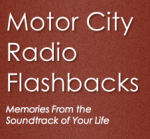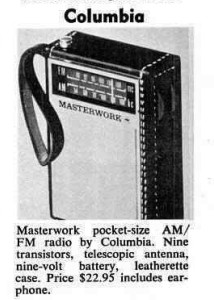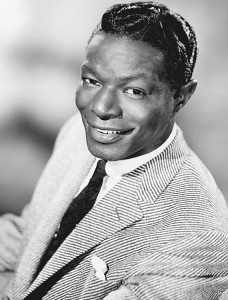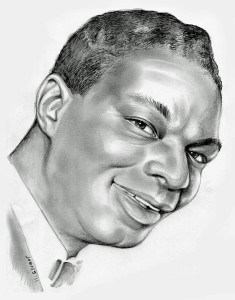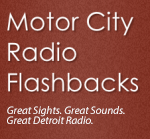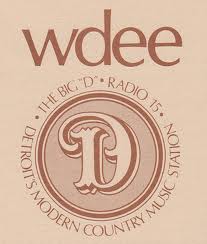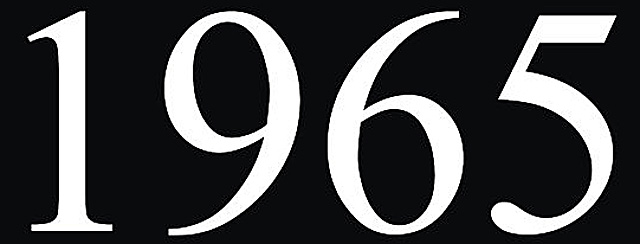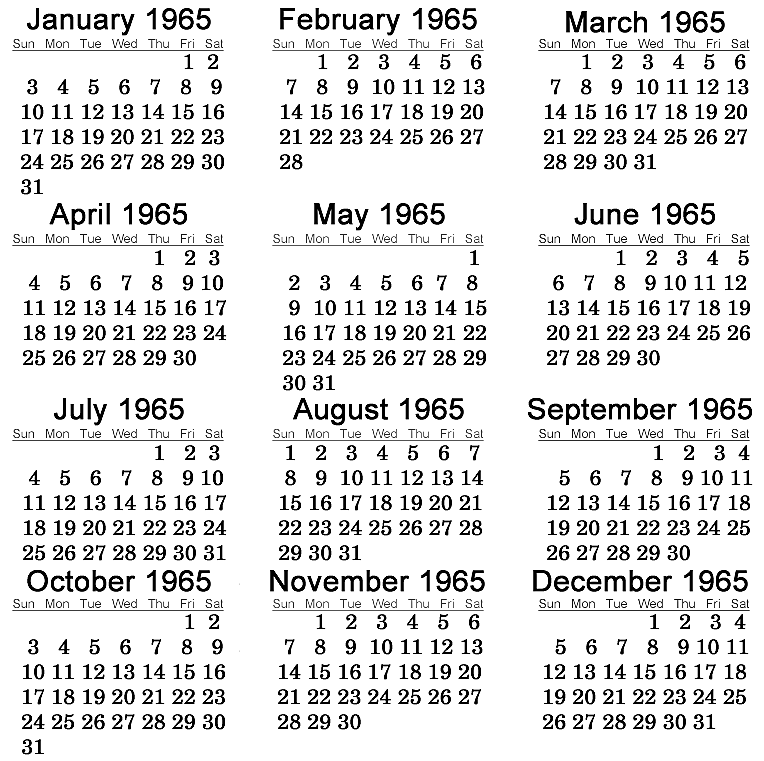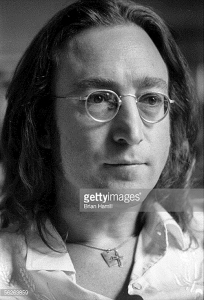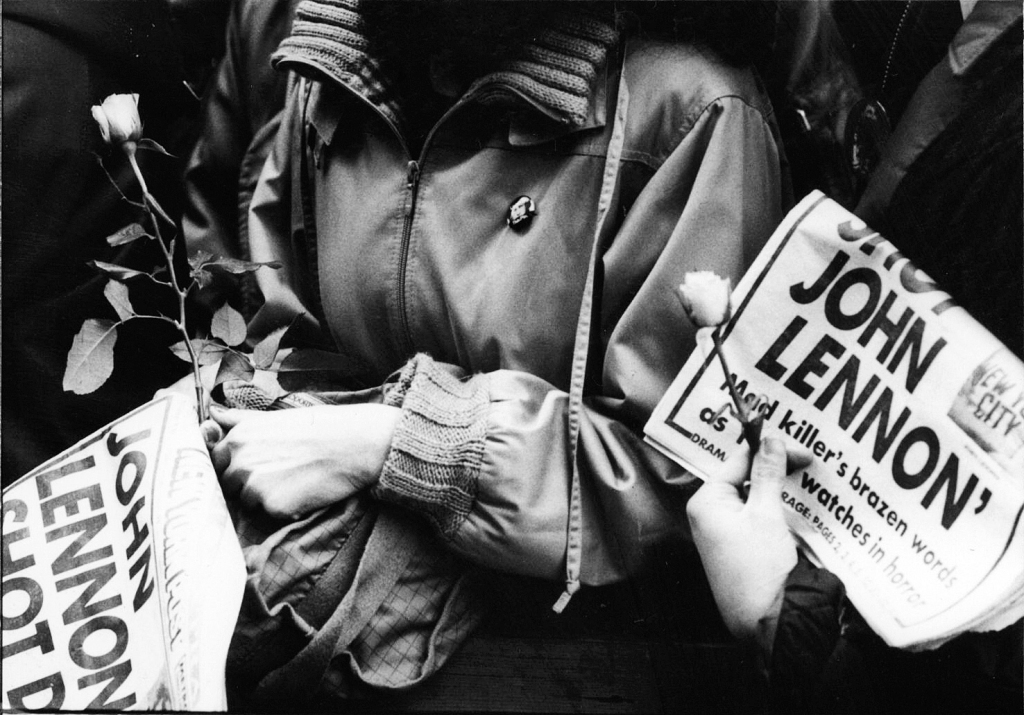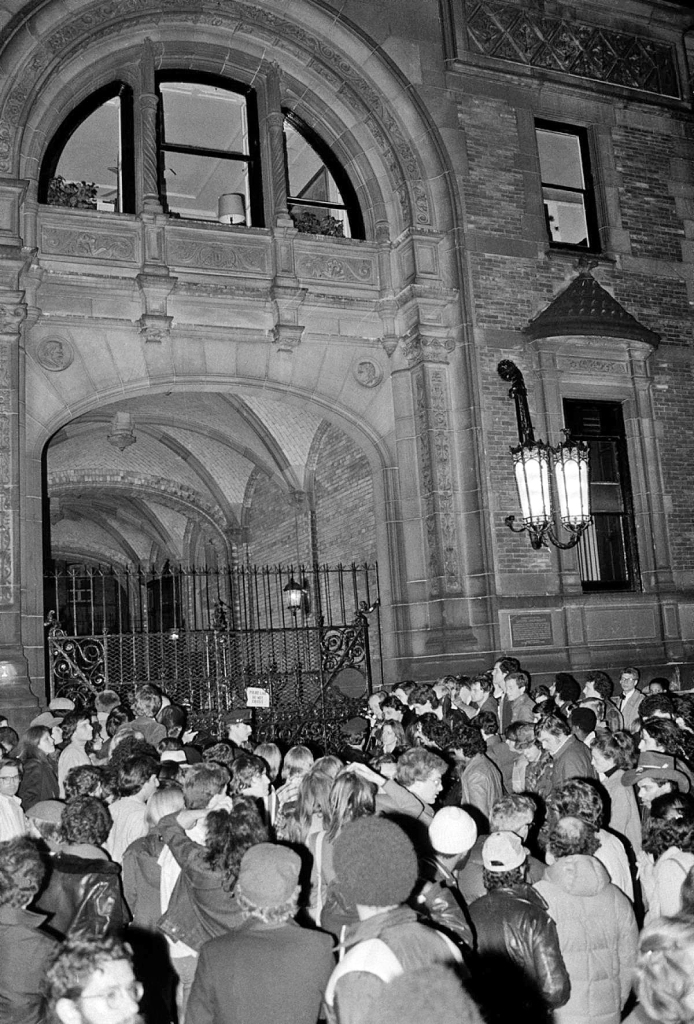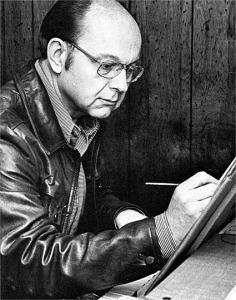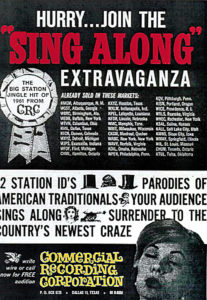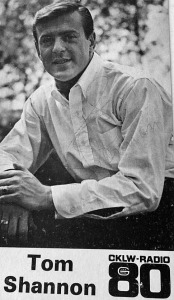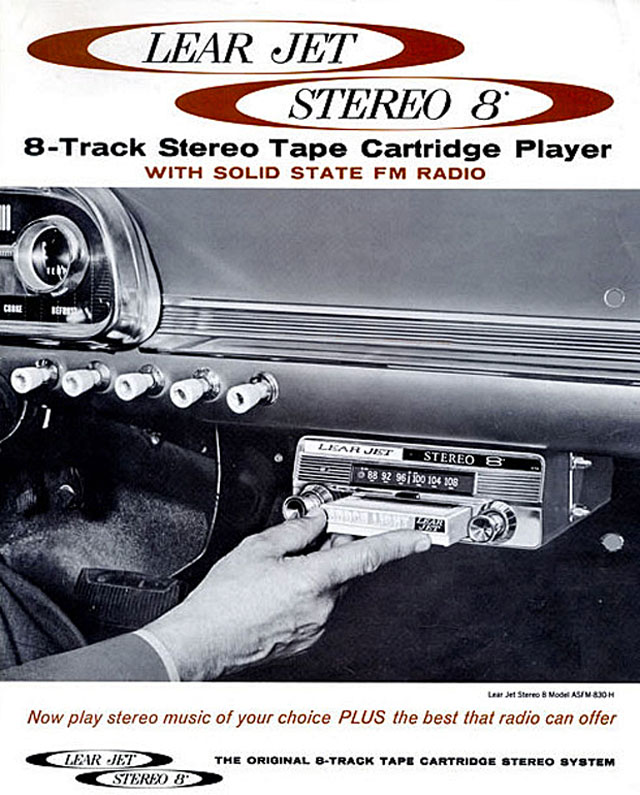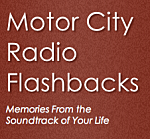 From the MCRFB NEWS archive: 1970
From the MCRFB NEWS archive: 1970
WKNR Sets News Sights on Like-minded Creative Personalities; Communicate ‘Newer’ Music Format, Regain Station Appeal, Audience
DETROIT — WKNR, once a powerhouse Top 40 station here, begins the long road back Monday (May 4) with a “personality” concept, a tight playlist, and a new set of jingles that PAMS intends to market under the name “The Sherwood Series,” after the new WKNR national program director.
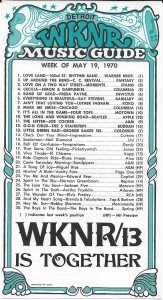
The new image of the station is being guided by general manager Frank Maruca: Lee Sherwood, who has become national program director of the budding chain that recently purchased WKNR; and WKNR program director Skip Broussard.
WKNR was, several years ago, the No. 1 young adult station in the market, then lost out to CKLW, a Drake -consulted station. Now, however, CKLW is having to trend more toward a Canadian audience in spite of the fact its signal booms into several major U.S. cities. There had been rumors that WCAR might go rock, but these have failed to materialize and the station is still easy listening in nature.
To fill the gap being created, Lee Sherwood and Skip Broussard hope to develop “a new kind of Top 40 radio.”
The playlist will vary in length-sometimes as long as 38 records. “This is not a lot of records, as compared to the old days of Top 40 radio, but it’s a substantial list for a major market radio station of today,” Sherwood said. “WKNR will, however, be a little more favorable to new records than it has been in the past. In fact, by the second week we’ve been on the air with our new motif, we will have totally wiped out the bad image this station has had so long.
Ron Sherwood, music director, will be listening to all new product, along with Skip Broussard. Broussard has already installed the same research techniques he used in Knoxville and had initiated in Memphis – not just finding out what records are being sold in Detroit, but who’s buying them.
As for the deejays, WKNR will ask them “to use their brains,” Sherwood said. “The time has come . . when we’re in the business of communicating, but no one is. I’ve listened to many, many tapes in recent weeks, but none of the deejays have been able to say anything. Within the framework of the format, there will be times when the WKNR air personality will be encouraged to communicate with the audience.”
The key factor with creating the new image of the station, Sherwood felt, will be the new jingles. “The jingles hasn’t changed since it was introduced on radio -it’s featured a big band sound or a jazz -favored small band. Bill Drake came along and wanted to get more music on the air, so he exploited the acapella jingle; you never had to change them.
“But I got to looking around and I noticed what advertisers were doing. They create a ‘feeling’ for a product as well as selling it.” He referred to the “think young” concept of Pepsi and the “real thing” concept of Coke. “The jingles I’ve just cut at PAMS are similar . . . they’re a life-style. You’ll get a feeling of our station like no other station has ever tried to establish, a certain charisma, an instant emotion response,” he said.
One of the lyrics of the jingles reads: “You’ll never be lonely again – WKNR.”
“When has any radio station told that to a listener?” Sherwood asked. “I think these jingles will revolutionize the radio industry.”
WKNR has been tightening up the basics over the past weeks, he said. “May 4 just heralds the frosting on the cake.”
Select Records
Air personalities are being allowed to select their own records from a basic playlist. Guidelines prevent the playing of two records back-to-back by females,
two soul records, two bubblegum records.
The main drive at WKNR will be to establish something different and refreshing and good. Sherwood was pretty dejected with radio in general. “There are not more than a dozen good stations around the country. We’re one of the few industries who don’t have an art form … there should be art form in radio, but there’s not.
“I hope we can encourage young people to come along and create. This stealing from each other has got to stop. Every station sounds just like another radio station. It sure saves a lot of trouble stealing programming ideas and promotions from somewhere else . . . but it doesn’t help our business. There must be a hundred Somebody W. Morgans in the nation…. I’ve heard more Don Steeles than you could believe. It’s crazy that stealing stations would even steal the names.” END
___
Information and news source: Billboard; May 9, 1970
![]()






